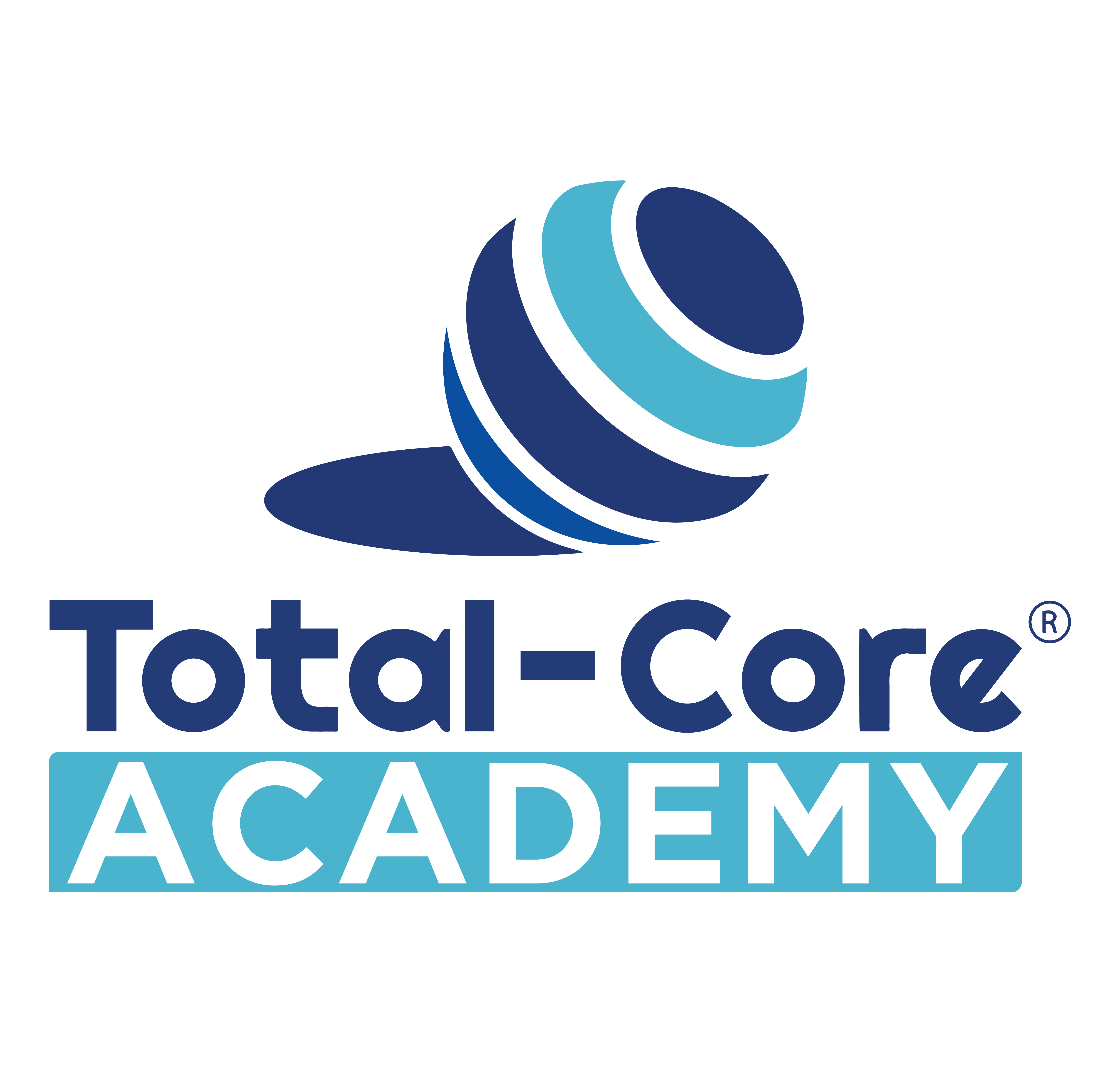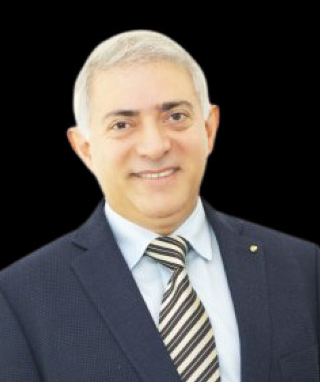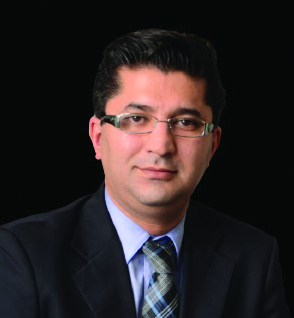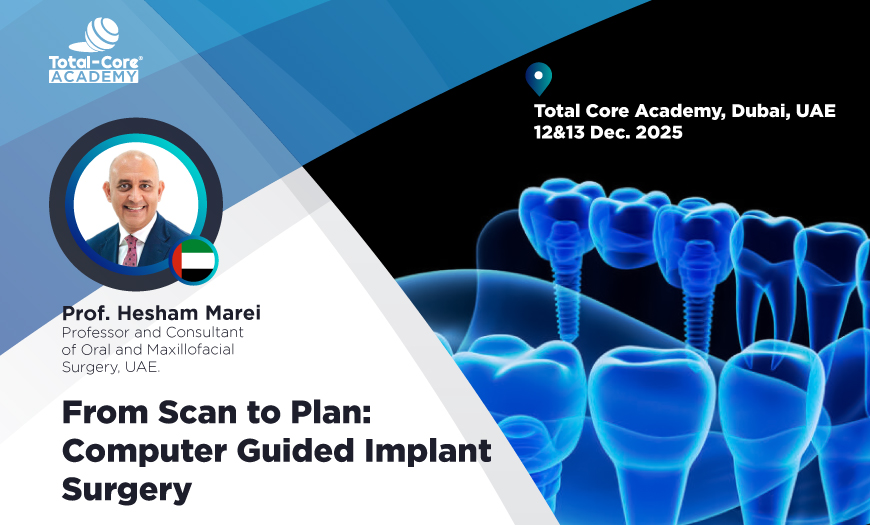The Use of Autologous Growth Factors to Enhance Clinical Outcomes (L-PRF) Expired
The Use of Autologous Growth Factors to Enhance Clinical Outcomes (L-PRF)
About This event:
This one-day course event is designed for general practitioners placing dental implants and specialists that are interested in enhancing their bone grafting techniques.
In this event, you will learn the science behind LPRF and how to incorporate it into your clinical practice.
The hands-on training portion will teach you how to create the LPRF membrane /plugs and LPRF block /sticky bone products.








